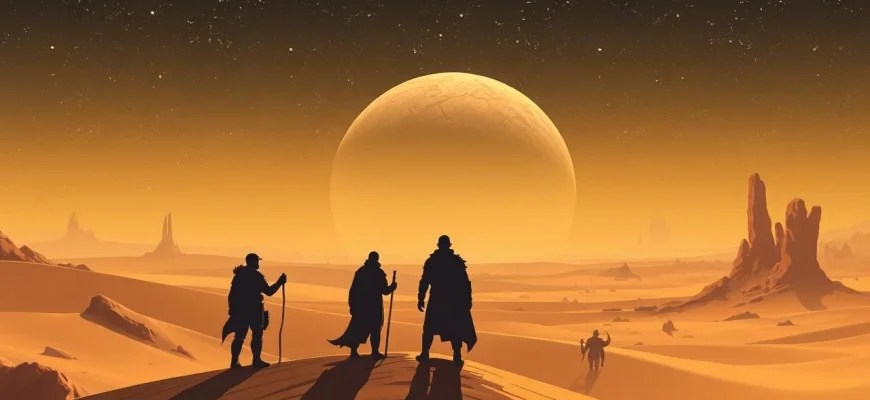- The Lord of the Rings: The Fellowship of the Ring (2001)
- The Matrix (1999)
- The Lord of the Rings: The Return of the King (2003)
- The Lord of the Rings: The Two Towers (2002)
- The Matrix Reloaded (2003)
- The Matrix Revolutions (2003)
- Interstellar (2014)
- Mad Max: Fury Road (2015)
- Blade Runner 2049 (2017)
- Arrival (2016)
If you loved the epic sci-fi adventure of 'Dune: Part Two (2024)' and are craving more films or shows with similar themes of grand-scale storytelling, political intrigue, and breathtaking visuals, you're in the right place. This article explores 10 movies and TV series that capture the essence of 'Dune,' from sprawling desert landscapes to complex power struggles. Whether you're a fan of deep world-building or high-stakes drama, these recommendations will keep you immersed in cinematic excellence.
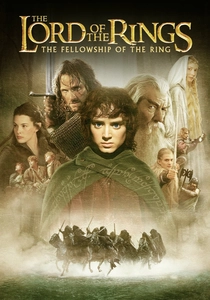
The Lord of the Rings: The Fellowship of the Ring (2001)
Description: The Fellowship of the Ring, like Dune: Part Two, is an epic fantasy film with a rich, detailed world. Both films feature a young protagonist embarking on a perilous journey, surrounded by a diverse group of allies. The themes of power, destiny, and the struggle against overwhelming odds are central to both stories.
Fact: The film was shot entirely in New Zealand, which became synonymous with Middle-earth. Viggo Mortensen broke two toes while kicking a helmet in a scene, and his scream of pain was left in the final cut. The One Ring's inscription was written in Elvish and was a real, physical prop.
 Watch Now
Watch Now 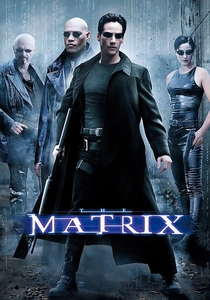
The Matrix (1999)
Description: The Matrix and Dune: Part Two both explore themes of reality, control, and rebellion. Both films feature a chosen one narrative and revolutionary visual effects. The philosophical undertones and action sequences are executed with a similar blend of intellect and spectacle.
Fact: The 'bullet time' effect was achieved using a rig of still cameras. Keanu Reeves performed most of his own stunts. The film's green tint was added in post-production to give it a digital, unreal feel.
 Watch Now
Watch Now 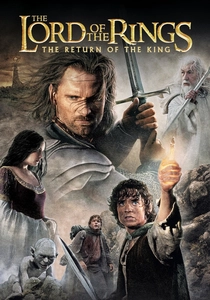
The Lord of the Rings: The Return of the King (2003)
Description: Return of the King, like Dune: Part Two, is the culmination of an epic saga with high stakes and emotional depth. Both films feature climactic battles, intricate political maneuvering, and a focus on the hero's journey. The visual effects and score in both films are groundbreaking and integral to the storytelling.
Fact: The film won 11 Academy Awards, tying the record for most Oscars won by a single film. The scene where Aragorn kicks the orc helmet was improvised after Viggo Mortensen injured his foot. The Extended Edition added 50 minutes of footage, deepening the narrative.
 Watch Now
Watch Now 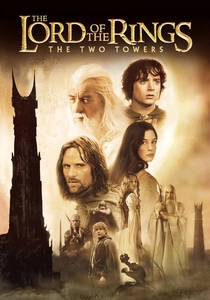
The Lord of the Rings: The Two Towers (2002)
Description: The Two Towers continues the epic journey seen in Dune: Part Two, with a focus on large-scale battles and the deepening of character arcs. Both films explore the cost of war and the resilience of the human spirit. The visual grandeur and meticulous world-building are also key similarities.
Fact: The Battle of Helm's Deep took four months to film, mostly at night. Gollum was the first fully CGI character to be performed using motion capture. Andy Serkis, who played Gollum, also provided the voice for the Nazgûl's screeches.
 Watch Now
Watch Now 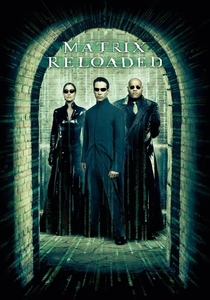
The Matrix Reloaded (2003)
Description: The Matrix Reloaded expands on the themes of destiny and free will, much like Dune: Part Two. Both films feature elaborate action sequences and a deepening of the protagonist's journey. The visual style and philosophical depth are key similarities.
Fact: The highway chase scene took over three months to film. The Merovingian's chateau was a real location in France. The film's soundtrack features a mix of electronic and orchestral music.
 Watch Now
Watch Now 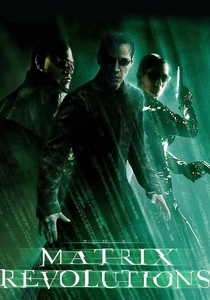
The Matrix Revolutions (2003)
Description: The Matrix Revolutions, like Dune: Part Two, is the conclusion of an epic saga with high-stakes battles and emotional resolutions. Both films explore the cost of war and the power of belief. The visual effects and action sequences are groundbreaking in both.
Fact: The final battle between Neo and Agent Smith was filmed in a virtual set. The film's ending was kept secret until its release. The Wachowskis considered making a fourth film but decided against it.
 Watch Now
Watch Now 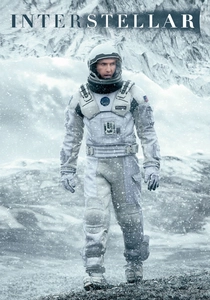
Interstellar (2014)
Description: Interstellar shares with Dune: Part Two a grand, cosmic scale and a focus on humanity's survival. Both films blend hard science with emotional storytelling, exploring themes of time, love, and sacrifice. The visual effects in both films are used to create awe-inspiring, otherworldly landscapes.
Fact: Theoretical physicist Kip Thorne served as a scientific consultant, ensuring the film's accuracy. The black hole, Gargantua, was rendered using actual equations, leading to new scientific discoveries. Matthew McConaughey's emotional reaction to watching his children's messages was genuine and unscripted.
 Watch Now
Watch Now 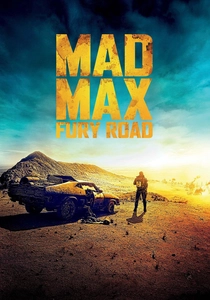
Mad Max: Fury Road (2015)
Description: Mad Max: Fury Road shares with Dune: Part Two a post-apocalyptic setting and a focus on survival and rebellion. Both films feature breathtaking practical effects and stunt work, with a visual style that is both gritty and beautiful. The themes of resource scarcity and leadership are central to both.
Fact: The film was shot mostly with practical effects, with minimal CGI. Tom Hardy and Charlize Theron did not get along during filming. The Doof Warrior's guitar actually shoots flames.
 Watch Now
Watch Now 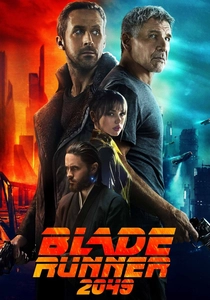
Blade Runner 2049 (2017)
Description: Blade Runner 2049 shares similarities with Dune: Part Two in its visually stunning cinematography and deep philosophical themes. Both films explore complex narratives about identity, destiny, and the human condition. Directed by Denis Villeneuve, who also directed Dune: Part Two, the film features a similar atmospheric and immersive storytelling style.
Fact: Blade Runner 2049 was shot by legendary cinematographer Roger Deakins, who won his first Oscar for this film. The film's production design involved creating massive, practical sets to enhance realism. Ryan Gosling's character, K, was originally written as a more traditional action hero, but the script was revised to make him more introspective.
 Watch Now
Watch Now 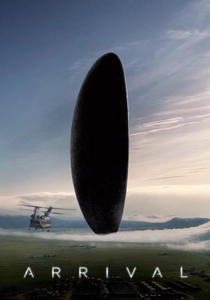
Arrival (2016)
Description: Arrival, like Dune: Part Two, is a cerebral sci-fi film that delves into language, communication, and the unknown. Both films feature strong female leads and explore the consequences of first contact. The pacing and tone are deliberate, allowing the audience to immerse themselves in the story's depth.
Fact: The alien language was created by a linguist and is based on circular symbols. Director Denis Villeneuve wanted the film to feel like a 'dark fairy tale.' Amy Adams learned to speak some Mandarin for her role.
 Watch Now
Watch Now 
